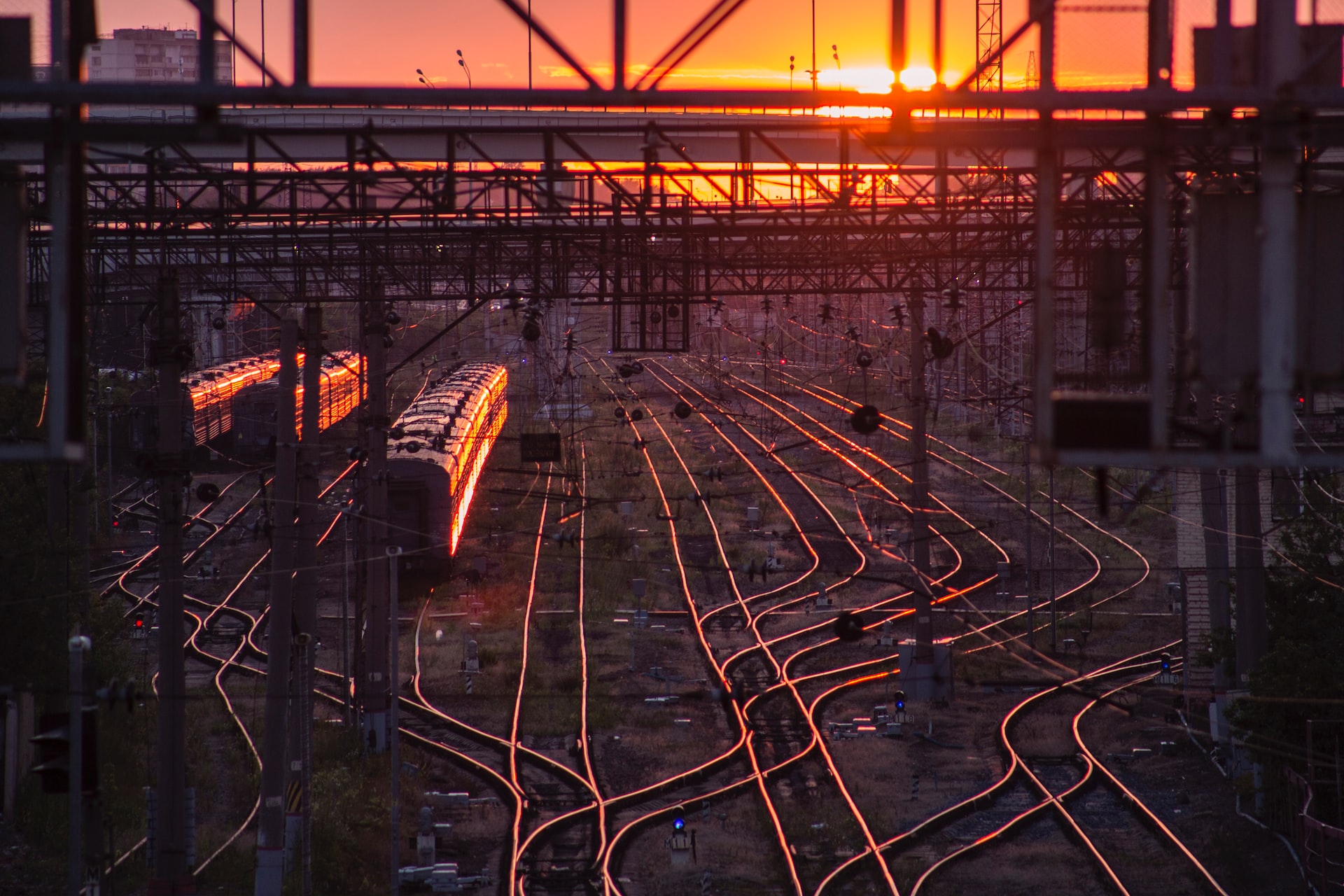
The lone worker protection in the railway construction industry is of utmost importance. This is especially true for lone workers, who often work without direct supervision or support on the job. As such, it is essential that employers provide adequate protection and resources to ensure their well-being.
In this article, we will discuss what constitutes a lone worker in the railway construction industry and why companies should have lone worker protection measures in place. We will also explore how lone worker protection functions and its 7 benefits to railway construction operations.
What is a Lone Worker in Railway Construction?
A lone worker in the railway construction sector refers to any individual who works alone without direct supervision or co-worker assistance. Such individuals can range from engineers and surveyors to crane operators, signalmen and more.
The lone workers are usually exposed to various physical risks due to location, environment or other unforeseeable hazards that could potentially cause personal harm or even death if left unprotected. Lone workers in railway construction mostly work with heavy machinery and any dangerous situation must be solved as fast as possible.
Why Should Railway Construction Companies Implement Lone Worker Protection?
Railway construction companies have an obligation to protect their employees from harm while working on-site or elsewhere. Lone workers are particularly vulnerable as they often face hazardous conditions without having someone near them for help or reassurance during potential crises.
Employers must ensure that their employees receive proper training and guidance about safe work procedures, proper use of protective equipment, and up-to-date safety policies specific to their job sites. Furthermore, employers must provide resources like radios, emergency phones, alarms systems and tracking devices so that they can be contacted quickly in case of an emergency situation.
Biggest risks for lone workers in railway constructions
- Exposure to hazardous materials: Lone workers in railway construction are at risk of exposure to hazardous materials, such as dust, fumes, and chemicals. This can cause respiratory illnesses, skin irritation, and other health issues for workers who are not adequately protected from these hazards.
- Unfamiliarity with railway network: Railway networks may be unfamiliar to lone workers, making them less likely to know the best routes or methodologies for carrying out their work safely. In addition, the lack of a supervisor means that safety protocols may be missed or overlooked.
- Working in remote locations: Railway construction often involves solitary work in remote locations that may lack easy access to help if an accident or injury occurs. The remoteness of some sites also increases the chance of encountering wildlife that could cause harm or property damage while working alone.
- Risk of slips and falls: Slips and falls are a common hazard when working with railway construction materials such as ballast, sleepers and rails due to the uneven ground surfaces and debris on the track beds. Lone workers face a higher risk since they do not have anyone else there to spot potential dangers ahead of time or warn them if they slip or trip up.
- Fatigue: Working long hours without any breaks can lead to fatigue for lone workers in railway construction which can impact their ability to make safe decisions and operate machinery correctly when tiredness sets in.
How Does Lone Worker Protection Function in Railway Constructions?
Lone worker protection typically consists of several different components designed to keep employees safe while on the job site alone as well as providing additional oversight by management when needed.
These components include personal identification systems which allow employers to easily identify who is present on a given worksite; real-time tracking devices which track movements throughout a project; emergency contact protocols which provide quick access information regarding medical emergencies; two-way communication technology (radios/phones); health monitoring systems which continuously monitor vital signs; situational awareness programs which alert supervisors of possible dangers; emergency notifications with GPS coordinates sent immediately after an alarm has been triggered; panic buttons which trigger emergency calls when pressed; digital checklists/forms for completing daily tasks safely; digital proof tracking systems which document work done by each employee during shifts.
As well as regular employee training/refresher courses so everyone knows how best handle dangerous situations safely and efficiently.
7 Benefits of Lone Worker Protection in Railway Construction:
1. Improved Safety
Implementing appropriate lone worker protection measures provides assurance that employees are kept safe despite being out of sight from direct supervision or other personnel at all times during their shifts. Being able to track employees’ locations at any given time further increases safety levels significantly by allowing instant response times if anything untoward occurs while also making sure they do not enter hazardous areas while working alone.
2. Reduced Risk
With proactive safety measures such as two-way communications technology and continuous health monitors installed alongside panic buttons that set off alarm signals instantly if accidents occur, any potential risks are minimized substantially resulting into fewer incidents onsite thus lower insurance costs over time due to reduced claims related expenses incurred by employers following workplace injuries or fatalities caused otherwise due negligence towards protecting lone workers against danger lurking around them when exposed away from direct supervision at all times during project operation activities.
3. Improved Quality Assurance
Having control over employee performance through digital checklists/forms helps employers ensure quality control across entire railway constructions projects .
4. Enhanced Productivity
Thanks to improved oversight with real-time tracking capabilities embedded within employer provided equipment used by staff members at all times they are working allows more efficient utilization of allocated resources resulting into increased productivity levels required once jobsite operations commence.
5. Increased Morale
Employees feel more secure knowing that there’s adequate protection when it comes to being alone onsite making them less apprehensive about going beyond supervised areas during operation activity execution task leading onto improved morale amongst staff members involved throughout entire project lifecycles .
6. Cost Savings
By implementing effective safety strategies within workplace environments via data analytics derived from permanent deployment of real time tracking systems amongst other protective measures , employers can save significant costs associated with long term losses arising from employee injury or death due negligence towards providing adequate safeguard towards protecting staff members from potential risks that could arise from lack thereof .
7. Regulatory Compliance
Businesses carrying out railroad construction activities must abide by country regulations governing provisions for keeping personnel safe no matter what kind of task they undertake regardless of whether supervision present onsite.
New Voice experience in Lone Worker Protection the in Railway Constructions
With over thirty years of experience, we provide comprehensive lone worker protection solutions for all types of environments. Our own developed products as MobiCall offer invaluable peace-of-mind with real time tracking, alerting capabilities and data safety – not to mention 24/7 monitoring across premises.
We strive to keep your employees safe under any conditions: whether integrating our standards into existing security infrastructure or through custom installation tailored specifically towards you needs.
If you need any help with lone worker protection, we are more than happy to help you.







